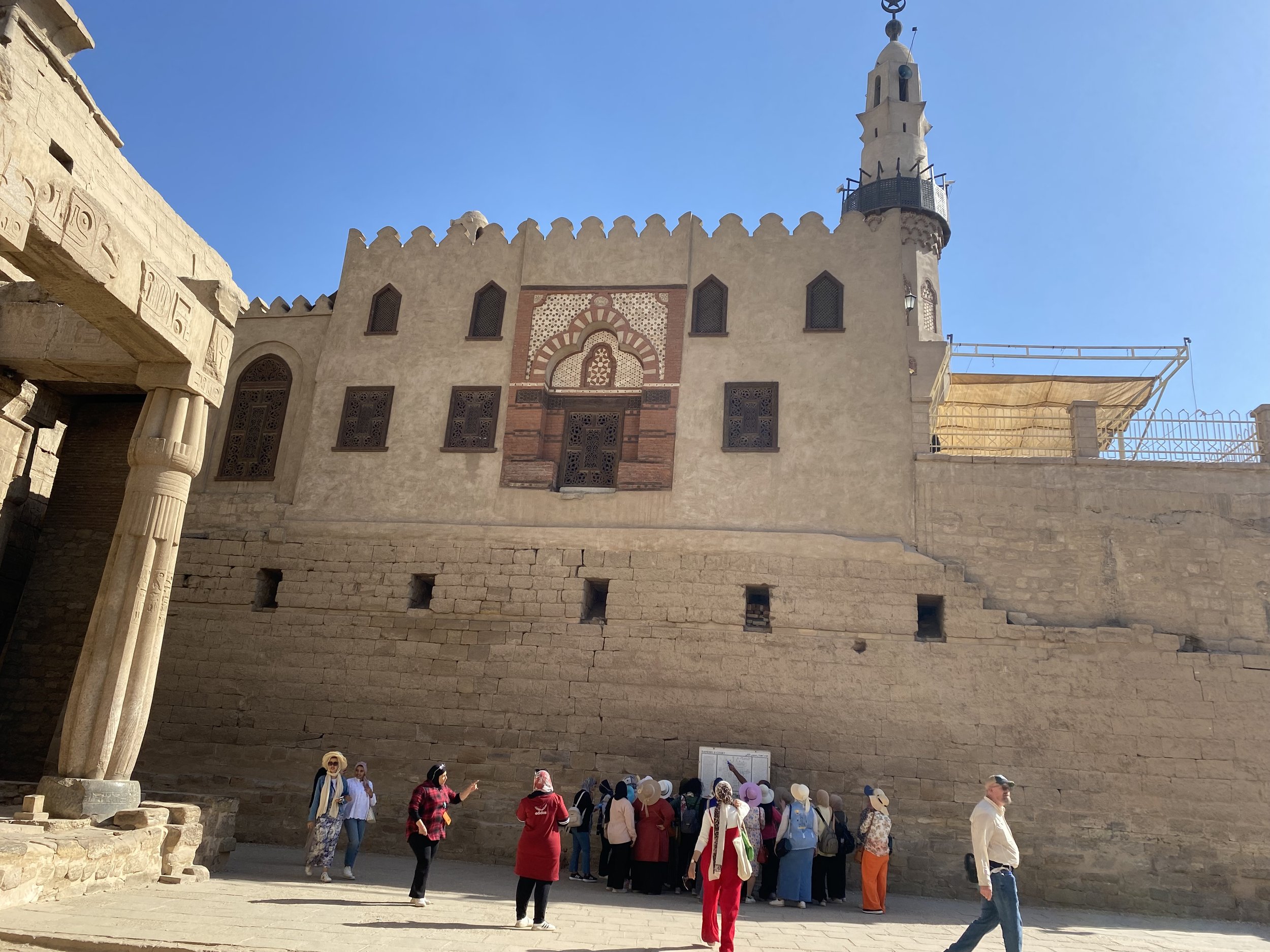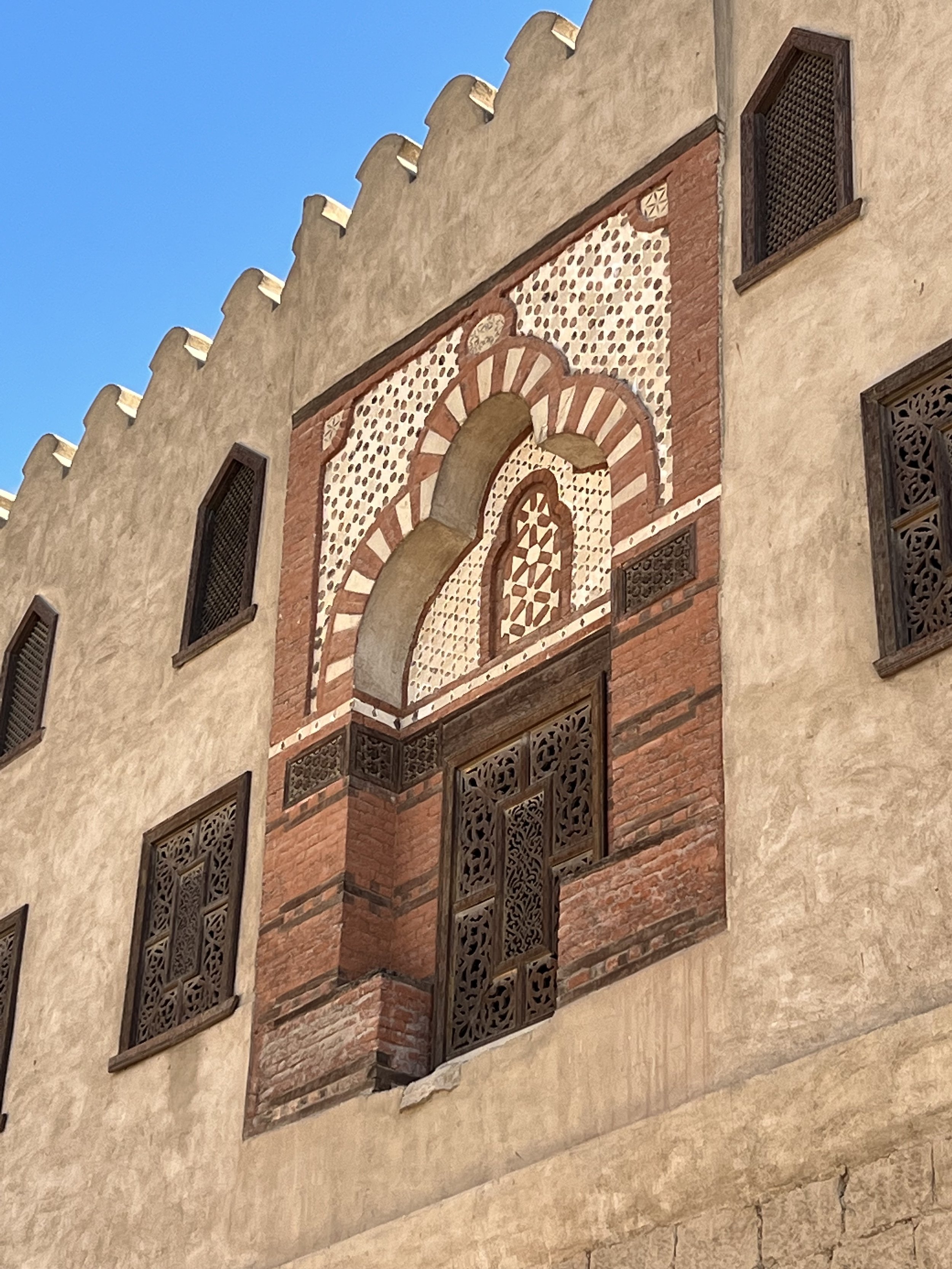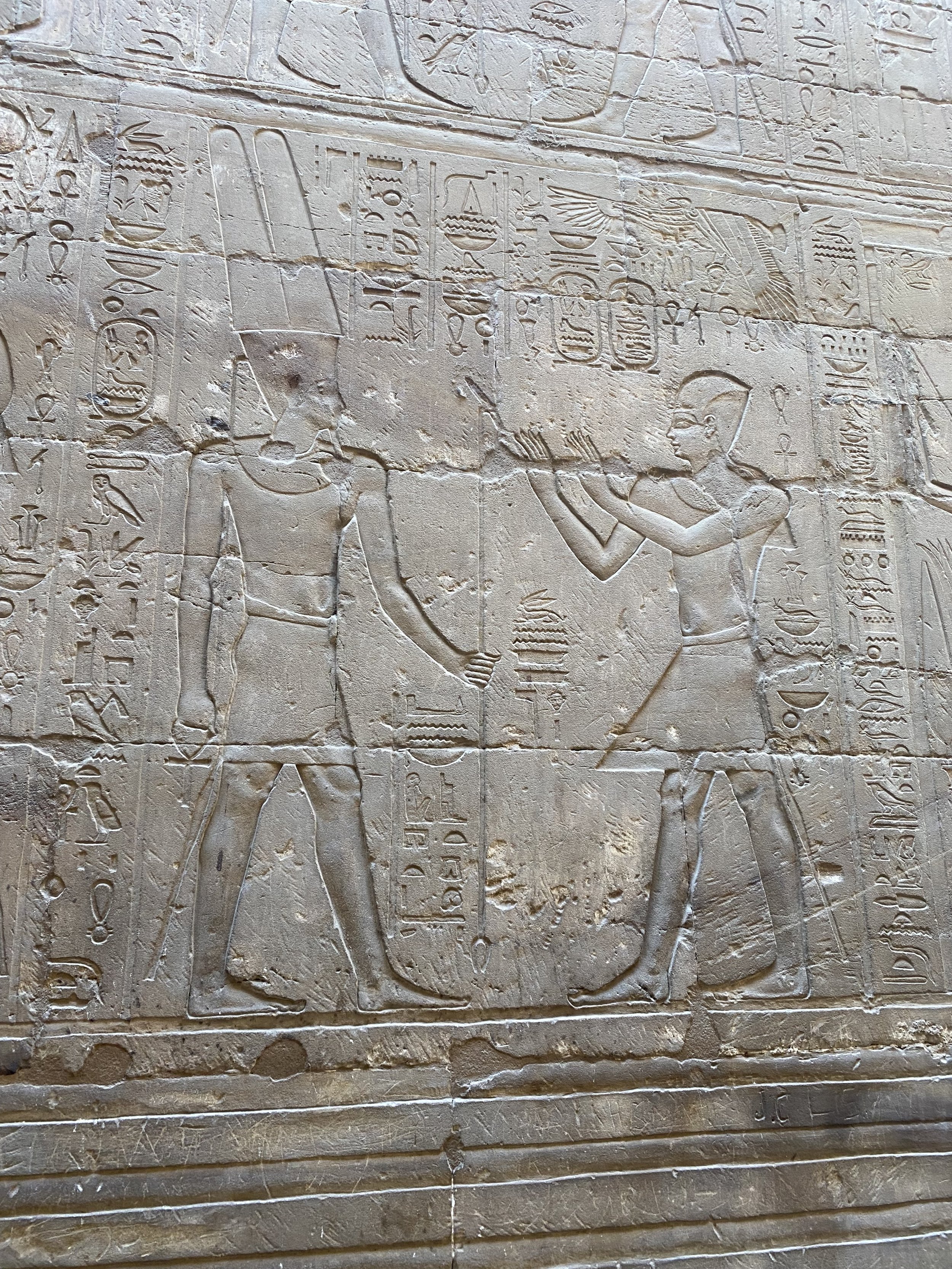Exploring the Temples of Luxor and Karnak
Embark on a captivating journey into the heart of ancient Egyptian religion as we explore the temples of Luxor and Karnak. These architectural marvels stand as testaments to the profound religious beliefs and rich cultural heritage of Egypt. Join us as we delve into their religious significance, unravel their historical context, admire the intricate carvings, and discover the captivating stories they tell about ancient Egyptian beliefs.
Karnak Temple
Luxor, Egypt
Unveiling the Religious Significance
The temples of Karnak and Luxor hold immense religious significance in ancient Egyptian history. Luxor Temple, dedicated to the god Amun-Ra, was believed to be the place where gods came to renew their strength. Karnak Temple, on the other hand, was a vast complex dedicated to multiple deities, serving as a center of religious worship and pilgrimage.
Karnak Temple, located in the east bank of the Nile river in Luxor, is one of the most renowned temples in Egypt. The vast complex covers over 100 hectares and encompasses several buildings, chapels, statues, and obelisks. Built over a period of around 2000 years by various pharaohs from different dynasties, the temple complex served as the main religious hub of the Egyptians for centuries. The religious beliefs of the ancient Egyptians are represented in the temple's design, art, and architecture. Karnak Temple housed the most important deity of the Egyptian pantheon, Amun, who was considered the king of gods. The temple was also dedicated to other gods like Mut, who was the mother goddess, and Montu, who was the god of war. As such, Karnak Temple played a vital role in the religious life of the ancient Egyptians, and it served as a crucial center for rituals, festivals, and offerings aimed at seeking the gods' blessings and protection.
Luxor Temple is an ancient Egyptian temple complex located on the east bank of the Nile River in Luxor. The temple is a significant religious site because it was dedicated to the god of kingship and war, Amun-Ra, and was believed to be his dwelling place on earth. The temple was also used as a site for annual religious festivals and ceremonies celebrating Amun-Ra, making it a hub for worship and religious pilgrimage. The complex is adorned with beautifully preserved reliefs and hieroglyphics, showcasing the religious beliefs and practices of the ancient Egyptians. Today, Luxor Temple remains an important site for those interested in Egyptology and religious history, offering insight into the spiritual beliefs and practices of a fascinating ancient civilization.
The Karnak and Luxor temples hold significant religious importance in Egypt. They were dedicated to the worship of gods and goddesses that were believed to have a powerful influence on the lives of the Egyptians. The temples were built to glorify these deities and provide a place for the people to worship and make offerings. The intricate carvings and hieroglyphs found within the temples serve as a reminder of the beliefs and practices of ancient Egypt. Today, these temples are not only important religious sites for Egyptians, but also major tourist attractions, allowing people from all over the world to witness the beauty and magnificence of these ancient structures.
Mosque of Abu Haggag
built above the ruins of the ancient temple
Architectural Marvels
As we explore these temples, we are greeted by architectural marvels that leave us in awe. Luxor Temple's grand entrance, with its massive statues and imposing obelisks, sets the stage for the architectural splendor that lies within. The Hypostyle Hall in Karnak Temple, with its towering columns adorned with intricate hieroglyphics and detailed carvings, showcases the skill and craftsmanship of ancient Egyptian artisans.
Luxor Temple is one of the most breathtaking examples of ancient Egyptian architecture. Located in the heart of Luxor, this temple dates back to the New Kingdom period and was constructed over a period of nearly five hundred years. Its grandeur is evident in the massive statues of pharaohs, intricate carvings, and towering obelisks that adorn its halls. From the impressive façade of the temple's entrance to the ornate hieroglyphics etched into the walls, every inch of Luxor Temple is an architectural masterpiece that tells a story of a bygone era. Visitors are awestruck by the grandeur of the temples, testaments to the skilled architects and engineers who designed and constructed them centuries ago.
Karnak temple is one of the most magnificent ancient temples located in Luxor, Egypt. The temple was built over many years, starting from the Middle Kingdom all the way to the Ptolemaic period, resulting in a diverse mix of architectural styles. The temple complex is composed of several different temples, halls and courtyards, connected by long straight avenues with rows of sphinxes. At the heart of Karnak temple is the Great Hypostyle Hall - a massive hall filled with 134 towering columns, some of which are over 21 meters tall and decorated with intricate reliefs and hieroglyphics. The temple complex also contains several obelisks, statues, and sacred lakes. The architectural details and grandeur of Karnak temple are a testament to the skill and ingenuity of the ancient Egyptian architects and builders.
The architecture of Karnak and Luxor Temples is a testament to the creativity, ingenuity, and craftsmanship of the ancient Egyptian artisians. These temples represent the pinnacle of engineering and architectural excellence in the ancient world and have stood the test of time for thousands of years. The massive columns, intricate carvings, and exquisite reliefs are a marvel to behold and offer a glimpse into the religious beliefs, politics, and values of the ancient Egyptian civilization. Visiting these temples is an opportunity to immerse oneself in a rich and vibrant history and experience firsthand the marvelous architecture and grandeur of these incredible structures.

Historical Context
Understanding the historical context of these temples enriches our journey. Luxor Temple was built during the New Kingdom period, with construction initiated by Amenhotep III and later expanded by Ramses II. Karnak Temple's construction spanned over a thousand years, with various pharaohs contributing to its growth and embellishment. Exploring their history deepens our appreciation for the cultural and religious significance they held for ancient Egyptians.
Luxor Temple is a grand monument located on the East Bank of the River Nile in Luxor, Egypt. It was built during the New Kingdom Period of Ancient Egypt, around 1392 BC to 1352 BC, by Amenhotep III. The temple was dedicated to the god Amun, his consort Mut, and son, the moon god Khonsu. It served as an important religious center and was often visited by Egyptian pharaohs and their families, who conducted annual festivals and rituals at the site. In addition to being an essential religious site, the temple is also considered an architectural marvel, with its incredible columns and intricate carvings depicting Egyptian mythology and history. Today, the Luxor Temple remains an important historical landmark in Egypt and is visited by millions of tourists every year.
Karnak Temple, located in Thebes (modern-day Luxor), Egypt, is one of the largest and most impressive temple complexes in the world. Originally built during the Middle Kingdom period, it was expanded and developed by numerous pharaohs throughout the New Kingdom period. The temple was dedicated to the god Amun, who was believed to be the king of the gods and the creator of the universe. Karnak was also used for important religious ceremonies, including the annual Opet Festival, during which the statue of Amun was carried from Karnak to the nearby Luxor Temple. The temple complex's construction spanned over hundreds of years, allowing for different styles and elements to be incorporated into the structure. Its impressive size, rich historical context, and exquisite art and architecture continue to draw tourists and archaeologists to the site today.
The Luxor and Karnak temples showcase the rich historical and cultural context of ancient Egypt. These temples were constructed and expanded over centuries by various Pharaohs who wanted to assert their power and showcase their religious beliefs. Luxor Temple was the site of many important rituals and ceremonies, while the Karnak Temple was the largest religious building ever constructed. Both temples exhibit grand architecture, intricate carvings, and detailed hieroglyphs, which testify to the extraordinary engineering and artistic skill of the ancient Egyptians. In essence, the Luxor and Karnak Temples provide a unique glimpse into the history of ancient Egyptian civilization, its art, religion, and culture, and serve as a remarkable tribute to the human ingenuity and creativity that have withstood the test of time.
Intricate Carvings and Symbolism
The temples of Luxor and Karnak are adorned with intricate carvings that depict mythological stories, religious rituals, and scenes from daily life. Hieroglyphics narrate the stories of gods and pharaohs, while intricate reliefs showcase the importance of religious ceremonies and offerings. These carvings offer a glimpse into the ancient Egyptian worldview and their beliefs about the afterlife, creation, and the divine.
Luxor Temple is a magnificent ancient Egyptian structure that dates back to over 3,000 years. One of the most striking features of the temple is the intricate carvings that adorn the walls and columns. The carvings depict various scenes from ancient Egyptian mythology, including pharaohs, gods, and goddesses. The hieroglyphs on the walls provide insights into the religious beliefs and practices of the Egyptians of that time. Some of the more notable carvings are those of the pharaohs, such as Ramses II, who commissioned the construction of the temple. The inscriptions on these carvings are a testament to the role that the pharaohs played in ancient Egyptian culture. Overall, the carvings at the Luxor Temple are a remarkable example of ancient Egyptian art and a must-see for anyone interested in history and culture.
Karnak Temple is one of the most magnificent ancient temples in Egypt, featuring a vast array of breathtaking carvings. The temple was dedicated to the god Amun, and it was extensively expanded and beautified over a 2000-year period. Among the most notable carvings at Karnak are the reliefs on the walls of the Hypostyle Hall, where 134 massive columns rise up to support the roof. The hall features intricate and colorful scenes depicting pharaohs, gods, and birds, among other things. Other important carvings in the temple include the shrine of Tutankhamun, the Karnak Complex, and the avenue of sphinxes leading to the temple's entrance. The carvings at Karnak Temple are truly awe-inspiring, representing not only the temple's beauty and grandeur but also the incredible artistic achievements of the ancient Egyptians.
The carvings and inscriptions found at Karnak and Luxor temples are a magnificent representation of ancient Egyptian history. They provide a window into the beliefs, customs, and achievements of this great civilization. The detailed hieroglyphics depict the stories of the gods, the pharaohs, and everyday life. The skill of the craftsmen who created these masterpieces thousands of years ago is truly remarkable. These temples stand as a testament to the enduring power and beauty of Egyptian culture, and their preservation continues to inspire people from all over the world. Anyone who is intrigued by past civilizations should make it a point to visit these breathtaking temples and experience their intricate carvings firsthand.
Insights in to Ancient Egyptian Beliefs
As we wander through these temples, we gain insights into the complex beliefs of ancient Egyptians. The temples were seen as the meeting points between the human and divine realms, where rituals were performed to honor the gods and seek their blessings. They were integral to the ancient Egyptian understanding of the universe, cosmology, and the role of pharaohs as intermediaries between the gods and the people.
Luxor Temple serves as a window into the ancient Egyptian beliefs and religious practices. The temple's design and architecture reflect the Egyptians' deep reverence for the gods and their desire to honor and glorify them. The hieroglyphics and relief carvings on the walls tell stories of pharaohs and gods, depicting scenes from their lives and afterlives. The temple's inner sanctum, or the Holy of Holies, was believed to be the home of the god Amun, emphasizing the idea of divine presence. Luxor Temple provides us with deep insight into the ancient Egyptian culture, beliefs, and the significant role of religion in their lives.
The Karnak Temple Complex in Ancient Egypt reveals a wealth of insights into the religious beliefs of the pharaohs and their subjects. At Karnak, evidence suggests the Egyptians worshipped multiple deities, and their polytheistic religion was centered on the concepts of ma'at (divine order) and the afterlife. The temple was dedicated to the gods Amun, Mut, and Khonsu, and their images were displayed prominently throughout the complex. The temple's structure and decoration suggest the Egyptians believed that the pharaohs were divine beings, with the right to govern Egypt, mediate between the gods and humans, and ensure their subjects' eternal life. The architecture and decoration of the Karnak Temple reveal that religion played a crucial role in shaping Ancient Egyptian politics, culture, and daily life.
The insight into the religious beliefs of ancient Egyptians provided by both Karnak and Luxor temple has been crucial to the study of Egyptology. These sites are teeming with depictions of the ancient Egyptian gods and kings and show not only how these gods and kings were worshiped, but also why. Walking through the halls of these temples will carry you back to a time of magic and wonder, and give you more insight into the deeply held beliefs of the ancient Egyptians.
Exploring the temples of Luxor and Karnak takes us on a profound journey into the heart of ancient Egyptian religion. From their religious significance and architectural marvels to the historical context, intricate carvings, and stories they convey, these temples offer a window into the beliefs and culture of an extraordinary civilization. Immerse yourself in the splendor of Luxor and Karnak, and be transported back in time to the fascinating world of ancient Egypt.
Ready to dive into the mesmerizing realm of ancient Egyptian religion?
Plan your visit to the temples of Luxor and Karnak today, and unlock the secrets of this captivating civilization!





